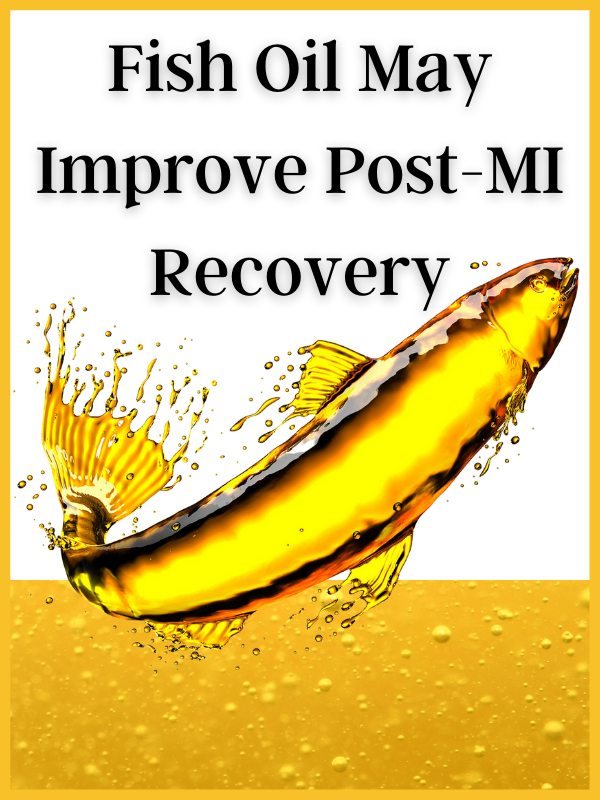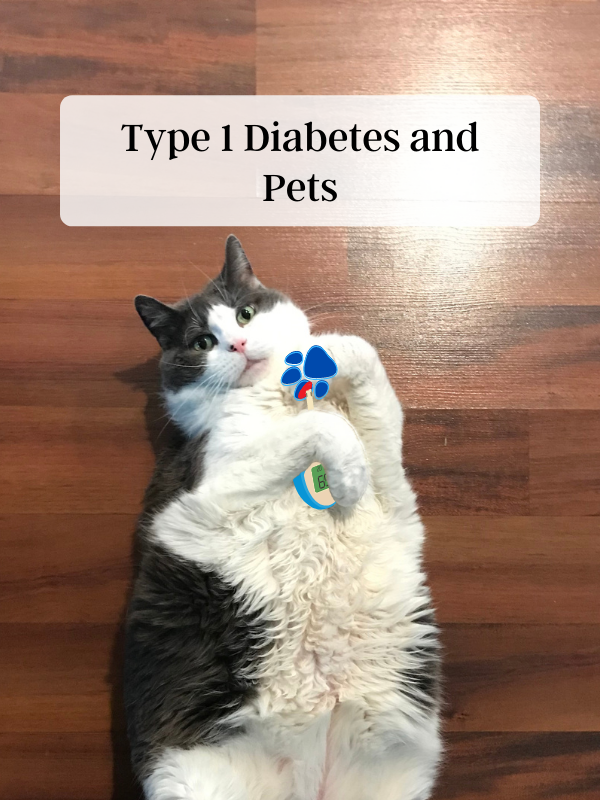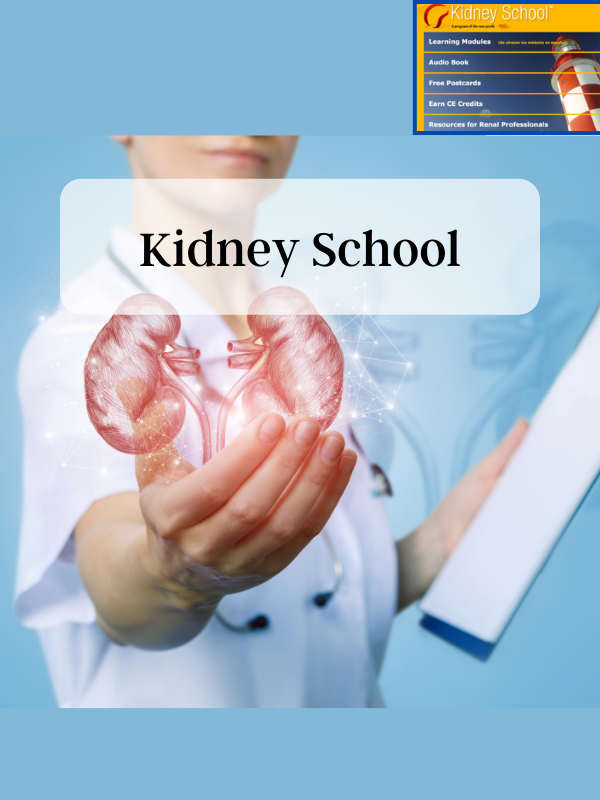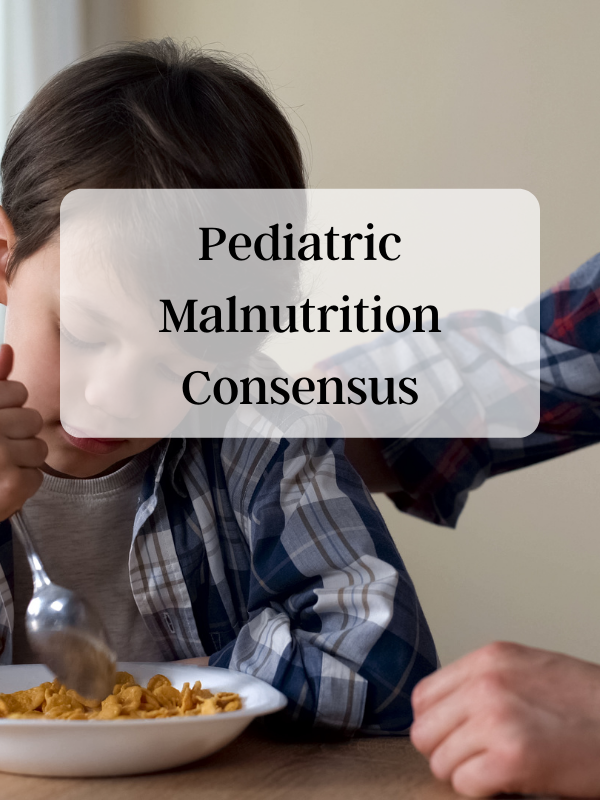
 Reach MD offers this 15 minute webinar regarding a patient centered approach to Type 2.
Reach MD offers this 15 minute webinar regarding a patient centered approach to Type 2.

 Reach MD offers this 15 minute webinar regarding a patient centered approach to Type 2.
Reach MD offers this 15 minute webinar regarding a patient centered approach to Type 2.


According to this MedPage article, “High-dose omega-3 fatty acids after MI improved function of the heart and reduced scarring in the undamaged muscle as well as markers of systemic inflammation, the OMEGA-REMODEL randomized clinical trial showed.”

We’ve been wondering about gut permeability for some time and here is the study with the answer. Gluten Sensitivity is NOT associated with an increase in gut permeability, but with Celiac Disease is there is an increase in gut permeability. Source



 A University of Colorado research team may have pinpointed one potential cause Type 1 Diabetes. According to the story, the immune system attacks a hybrid protein. They researchers state, “This new protein modification is actually a hybrid made up of half insulin and half something else, and it activates the T cell causing it to attack.” Read the story here!
A University of Colorado research team may have pinpointed one potential cause Type 1 Diabetes. According to the story, the immune system attacks a hybrid protein. They researchers state, “This new protein modification is actually a hybrid made up of half insulin and half something else, and it activates the T cell causing it to attack.” Read the story here!

This site provides excellent resources for understanding kidney disease for patients and professionals. Source
Source
KidneyAPPetite™ is a FREE App for iPhone™ and iPod touch™ that tracks protein, sodium, potassium, phosphorus, calcium and fluid. It can be downloaded from the Apple iTunes Store™.

The app uses data from the USDA National Nutrient Database. It allows patients to customize daily guidelines to match their personal nutrient prescription. As data is entered throughout the day, the app adds up phosphorus, potassium, sodium, calcium, and protein intake to show where the user is in relation to their nutrient goals. Here are some screenshots…




 Consensus Statement of the Academy of Nutrition and Dietetics/American Society for Parenteral and Enteral Nutrition
Consensus Statement of the Academy of Nutrition and Dietetics/American Society for Parenteral and Enteral NutritionThe Academy of Nutrition and Dietetics (the Academy) and the American Society for Parenteral and Enteral Nutrition (A.S.P.E.N.) recommend a standardized set of indicators be used to identify pediatric malnutrition (undernutrition) in clinical practice. These include weight-for-height/length, body mass index-for-age, or length/height-for-age or mid–upper arm circumference when a single data point is available.
When 2 or more data points are available, indicators may also include weight gain velocity (<2 years of age), weight loss (2–20 years of age), deceleration in weight for length/height z score, and inadequate nutrient intake. The full paper is here.
 A great Gift for our nursing friends!
A great Gift for our nursing friends!